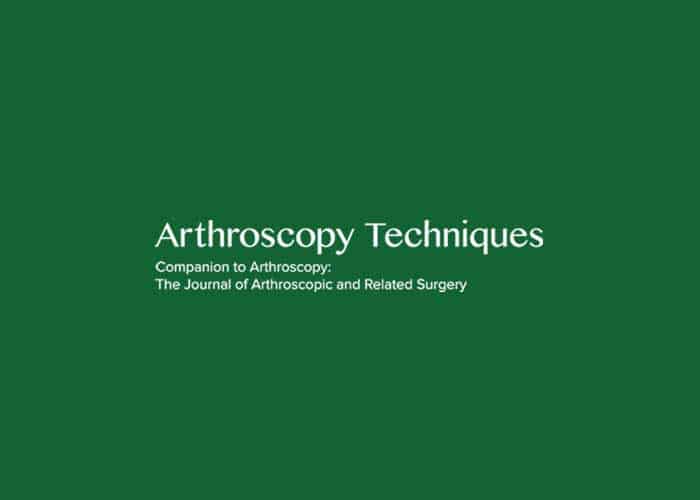
2016 Arthroscopy
Restoration of anteroposterior laxity after an anterior cruciate ligament reconstruction has been predictable with traditional open and endoscopic techniques. However, anterolateral rotational stability has been difficult to achieve in a subset of patients, even with appropriate anatomic techniques. Therefore, differing techniques have attempted to address this rotational laxity by augmenting or reconstructing lateral-sided structures about the knee. In recent years, there has been a renewed interest in the anterolateral ligament as a potential contributor to residual anterolateral rotatory instability in anterior cruciate ligamentedeficient patients.
Numerous anatomic and biomechanical studies have been performed to further define the functional importance of the anterolateral ligament, highlighting the need for surgical techniques to address these injuries in the unstable knee. This article details our technique for an anatomic anterolateral ligament reconstruction using a semitendinosus tendon allograft.
